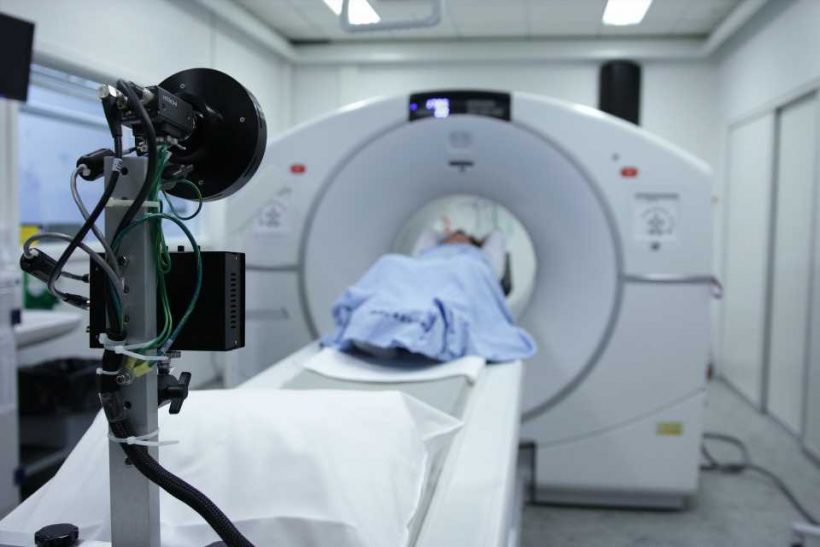
Health insurance companies may be overpaying for common radiology services, according to a study published in Radiology.
“Many commercial plans are leaving money on the table when negotiating price with hospitals, especially for expensive CT and MRI scans,” said study co-author Ge Bai, Ph.D., C.P.A., professor of accounting at the Johns Hopkins Carey Business School in Baltimore, Maryland. “High prices paid by commercial plans eventually come back to bite U.S. employers and workers through high premiums and out-of-pocket costs.”
Hospitals generally contract with multiple insurance plans, some of which are managed by the same insurance company. The study found that insurance companies negotiated different prices for the same services within the same hospital and even negotiated different prices across different health plans they themselves managed. Services that use high-cost equipment, such as CT and MRI, had wider variations and higher prices relative to Medicare when compared to other radiology services.
The researchers studied commercial negotiated prices (not list prices or charges) from private payers for the 13 shoppable radiology services designated by the U.S. Centers for Medicare and Medicaid Services (CMS).
On average, the maximum negotiated price for shoppable radiology services was 3.8 times the minimum negotiated price in the same hospital and 1.2 times in the same hospital-insurance-company pair.
CT and MRI services had wider price gaps both within a hospital and within a hospital-insurance-company pair as well as higher prices relative to Medicare when compared to other radiology services. The widest price gaps were found in brain CT, where 25% of hospital-insurance-company pairs had their maximum negotiated price more than 2.4 times their minimum negotiated price.
“Commercial prices for CT and MRI scans on average varied four- to five-fold within the same hospital and as much as high as nine- to 10-fold in a quarter of hospitals,” Dr. Bai said. “Even within the same hospital and within the same insurance company, price variation can reach five- to six-fold across different plans,” she added.
The Hospital Price Transparency Rule requires U.S. hospitals to disclose pricing information.
Previous research involving price transparency found widely disparate commercial negotiated prices for shoppable radiology services across hospitals.
“Price transparency took the blindfold off the eyes of commercial payers, forcing them to recognize the fact that they are often paying too much,” Dr. Bai said. “Equipped with pricing information, radiologists can change the landscape of care delivery to benefit patients and payers.”
Insurance companies are increasingly moving to negotiate prices on a percentage basis of Medicare rates to improve pricing fairness and comprehensibility. The study results suggest, however, that some health plans might have negotiated prices less efficiently than others, including those managed by the same insurance company.
The study also found that higher prices (relative to Medicare) for higher cost services imply higher hospital profitability. This can potentially motivate hospitals to direct investments away from low-cost to high-cost imaging without regard to incremental clinical value. As a result, such moves may lead to inefficient spending for both patients and payers.
“Radiologists are in the best position to determine and deliver clinically appropriate and cost-effective care to patients,” Dr. Bai noted.
The researchers suggest that the price variations in the commercial market create an opportunity for radiologists to deliver high-quality, low-cost care in non-hospital settings to benefit patients and commercial payers.
Source: Read Full Article
